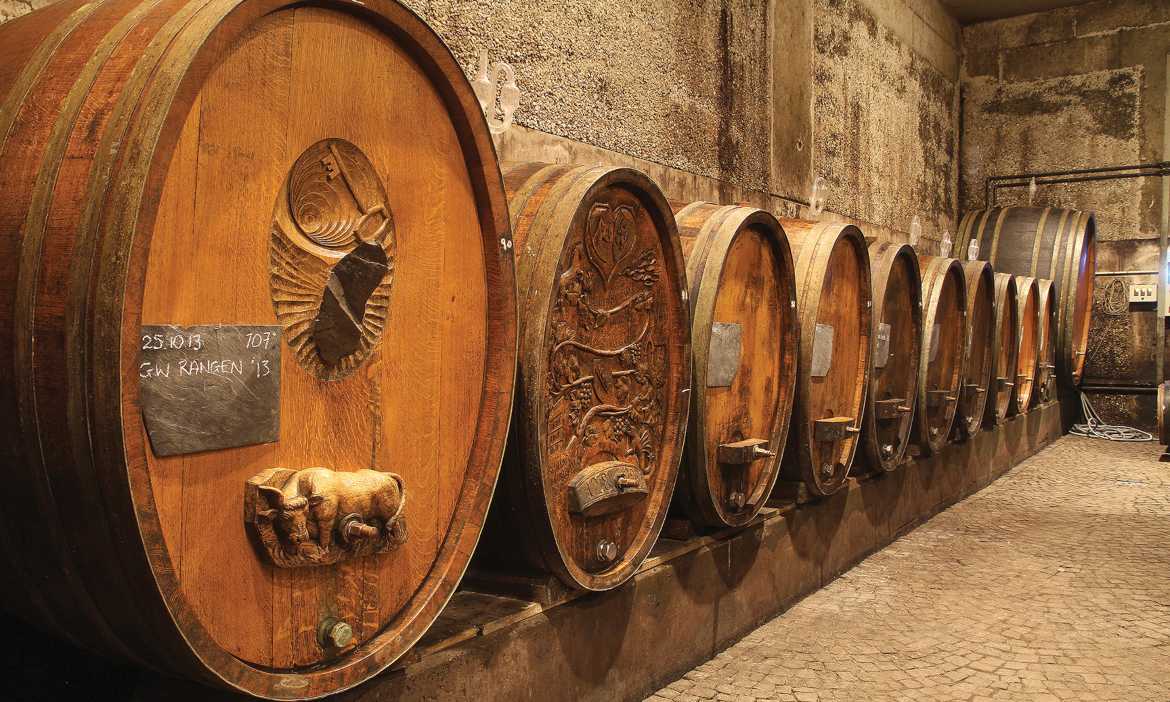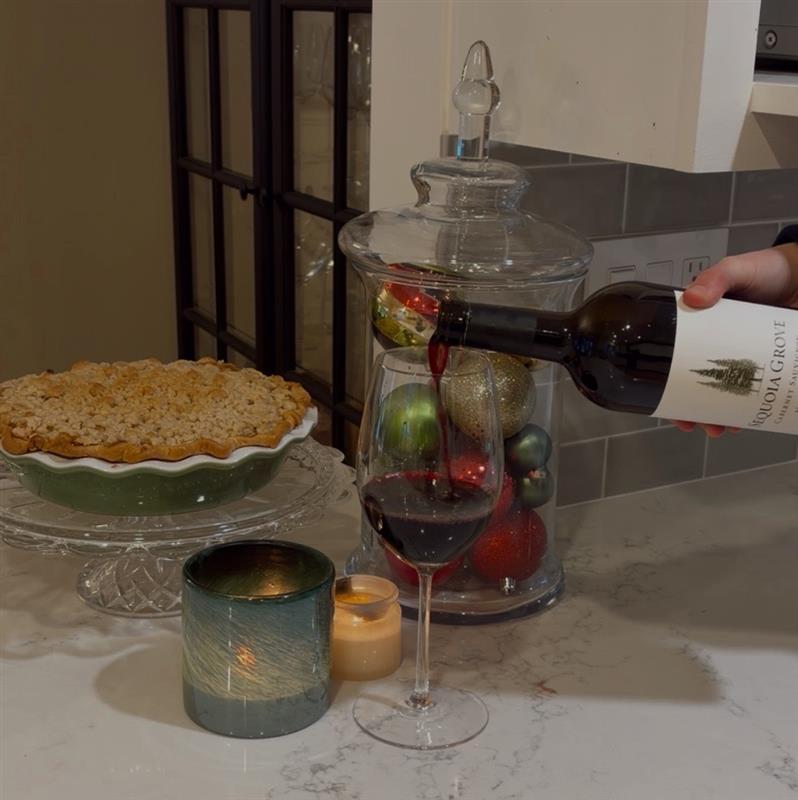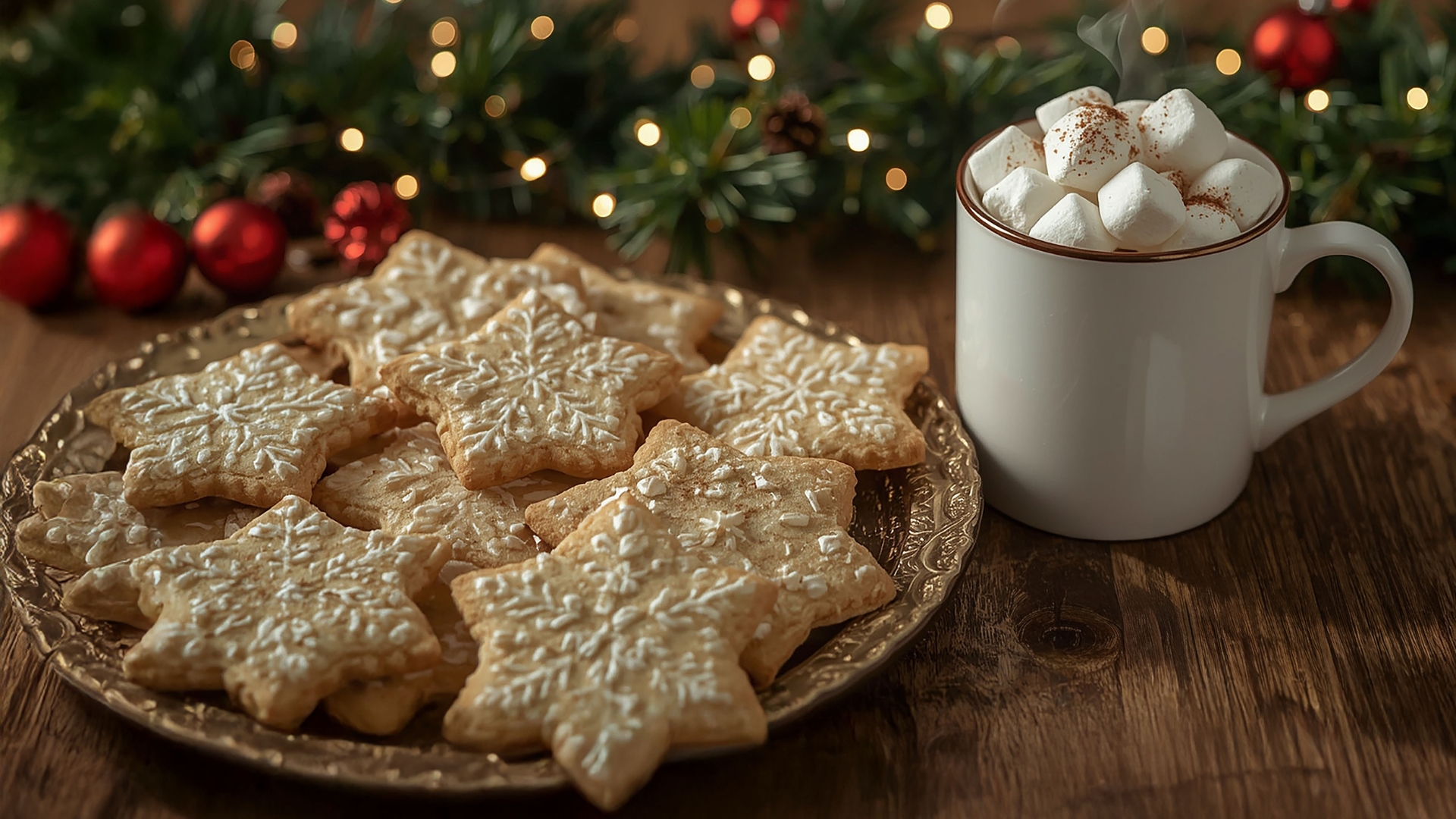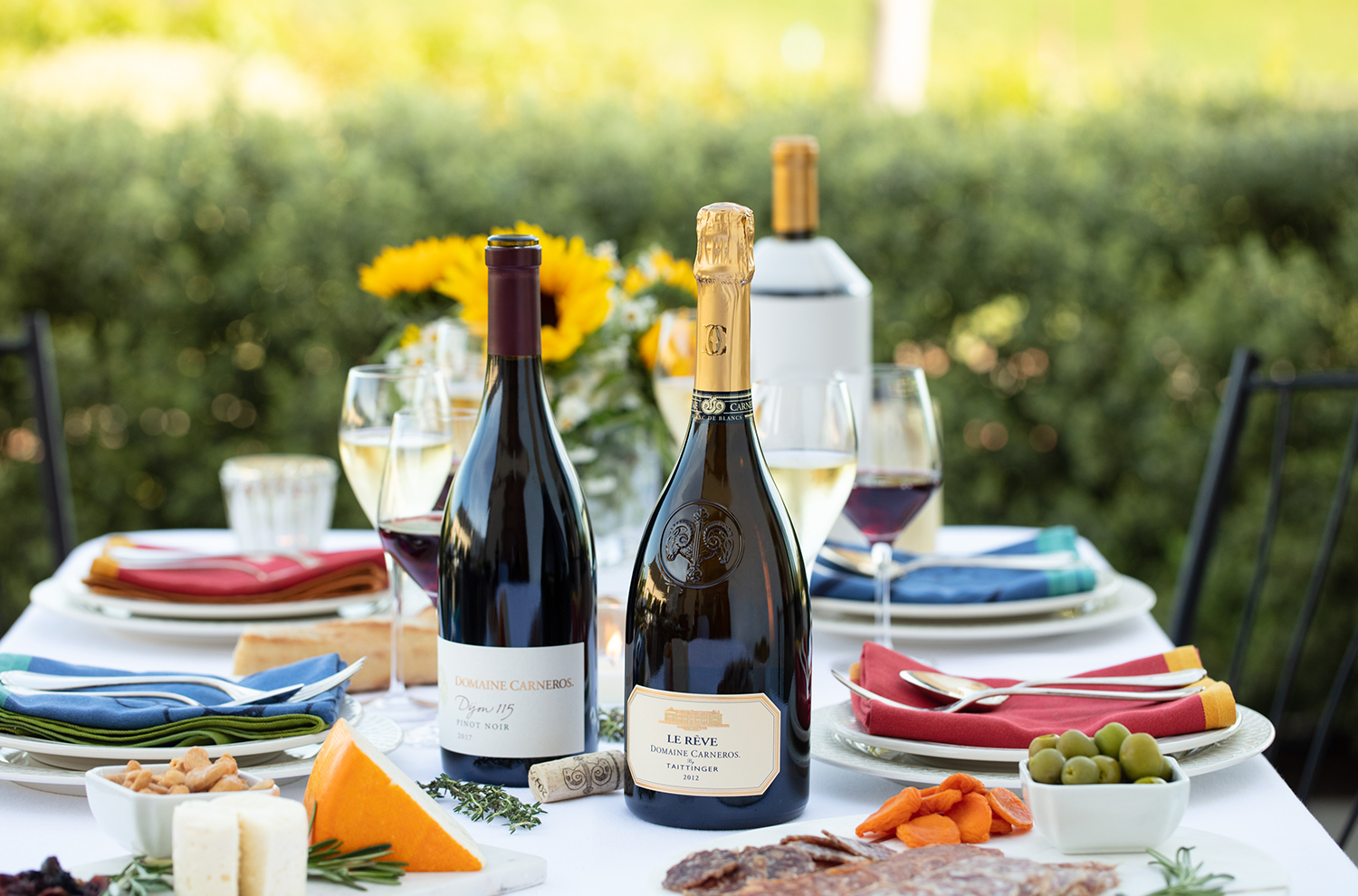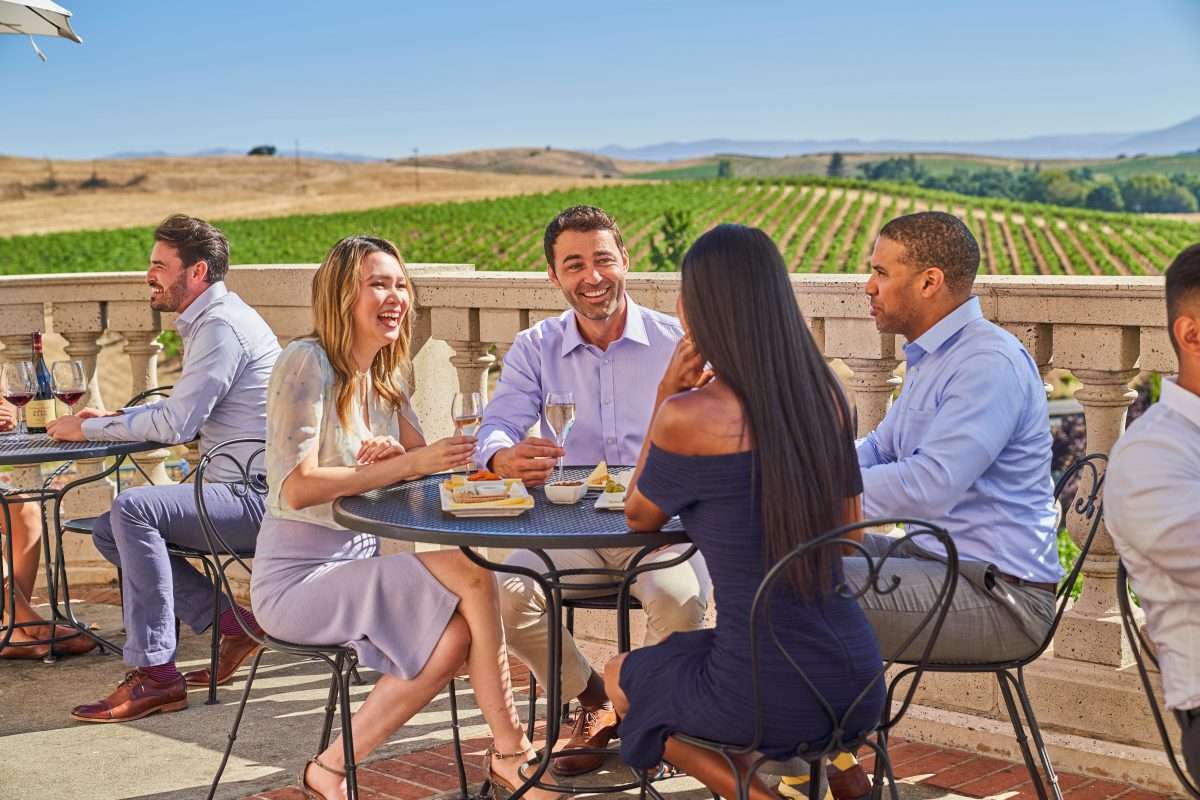The wines of Alsace come from some of the most diverse soils in the world, producing world-class Riesling, Gewürztraminer, Pinot Noir, and more.
Alsace is one of France’s most interesting wine regions. Bordering both Germany and Switzerland, over the centuries it has been bartered back and forth between France and Germany. Since WWII, it has been part of France, although German cultural influences remain.
The Romans were probably the first to realize this land was prime for growing wine. Throughout history, Alsace has been both one of the most prized wine regions and utterly devastated by politics and war. Today, Alsace is back on top, producing some of the world’s most desirable wines.
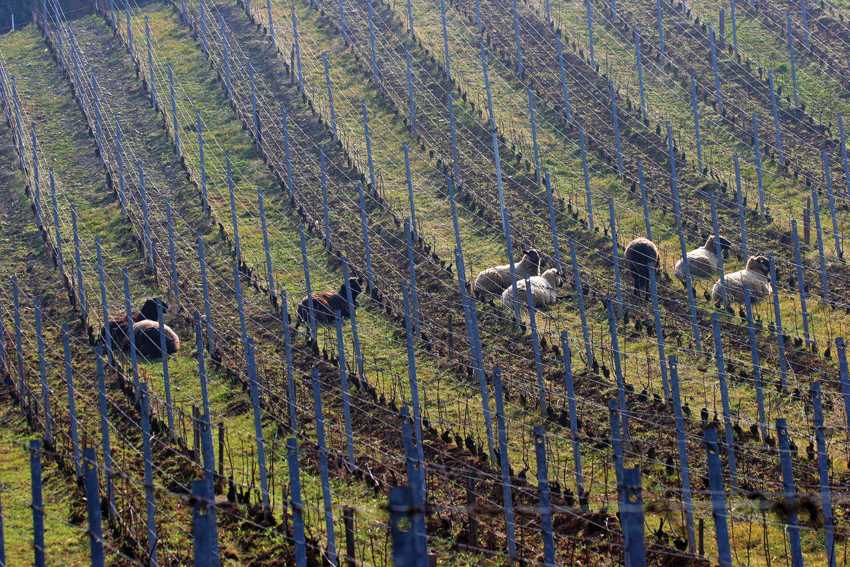
Alsace is defined by the Vosges Mountains in the west and the Rhine River in the east. The Vosges protect the vineyards from rain and extreme cold, making Alsace the second driest region in France. Combined with 1800 hours of sunlight per year and excellent soil, the wines are exceptionally high quality, expressing the unique terroir of the region. Alsace also has the largest number of organic and biodynamic producers.
Gastronomy is a defining feature of this region and the Alsatians are especially proud of their wine heritage. While Alsace shares many of the same varieties grown in Germany, the winemaking style is decidedly French.
The Incredible Terroir of Alsace
First: What exactly is terroir? In a nutshell (or a grape, if you prefer):
“Terroir is the characteristic taste and flavor imparted to a wine by the environment in which it is produced.” from Alsace-wine.net.
“The concept of terroir can be used to summarize all the natural characteristics that give a vineyard specific qualities. Terroir is composed of geological factors, such as the chemistry of the rock and the soil, physical properties such as the exposition and slope, as well as climatic factors such as solar irradiation, temperature, and precipitation.”
What is so special about the terroir of Alsace? It is said that if you walk 100 feet in any direction you’ll find a different soil type. In fact, Alsace has 13 different soil types, more than any other region in France.
These rich and diverse soil formations are what give Alsace wines their unique minerality with a range of complexity for each grape variety. This accounts for the wide variety of wines produced in Alsace and the variation in flavors of wines produced from the same type of grape. Combined with warm spring months, hot summers, and cool nights, the weather gives higher levels of refreshing acidity, balance, and harmony with ripened fruit flavors. In Alsace, the saying is “purity of grape, purity of place.” If you can’t make it to Alsace, open a bottle of wine, close your eyes, engage your senses, and let the grapes take you there.
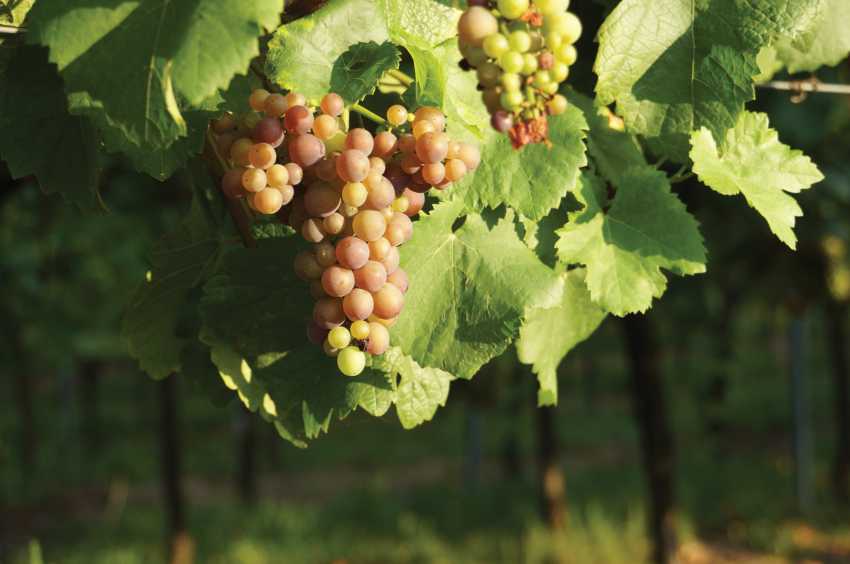
Which Wines of Alsace Should You Drink?
In short: try them all! Alsace wines are easy to get into, because they are extremely consumer-friendly (especially compared to many wine regions around the world):
- Alsace is the first and only region in France that lists the name of the grape variety on the bottle. Therefore, you know exactly what kind of wine is in the distinctive tall, slim, bottle from the moment you step inside the wine store.
- Further, each wine must contain 100% of the varietal listed on the label.
- The bottle label will also list the information about the appellation, or the geographical area where the wine grapes are grown. In France, AOC stands for Appellation d’Origine Contrôlée. In Alsace, you have Alsace AOC, Alsace Grand Cru AOC, and Cremant AOC. Each appellation is governed by strict rules regarding what kind of grapes can be grown there and how they are grown.
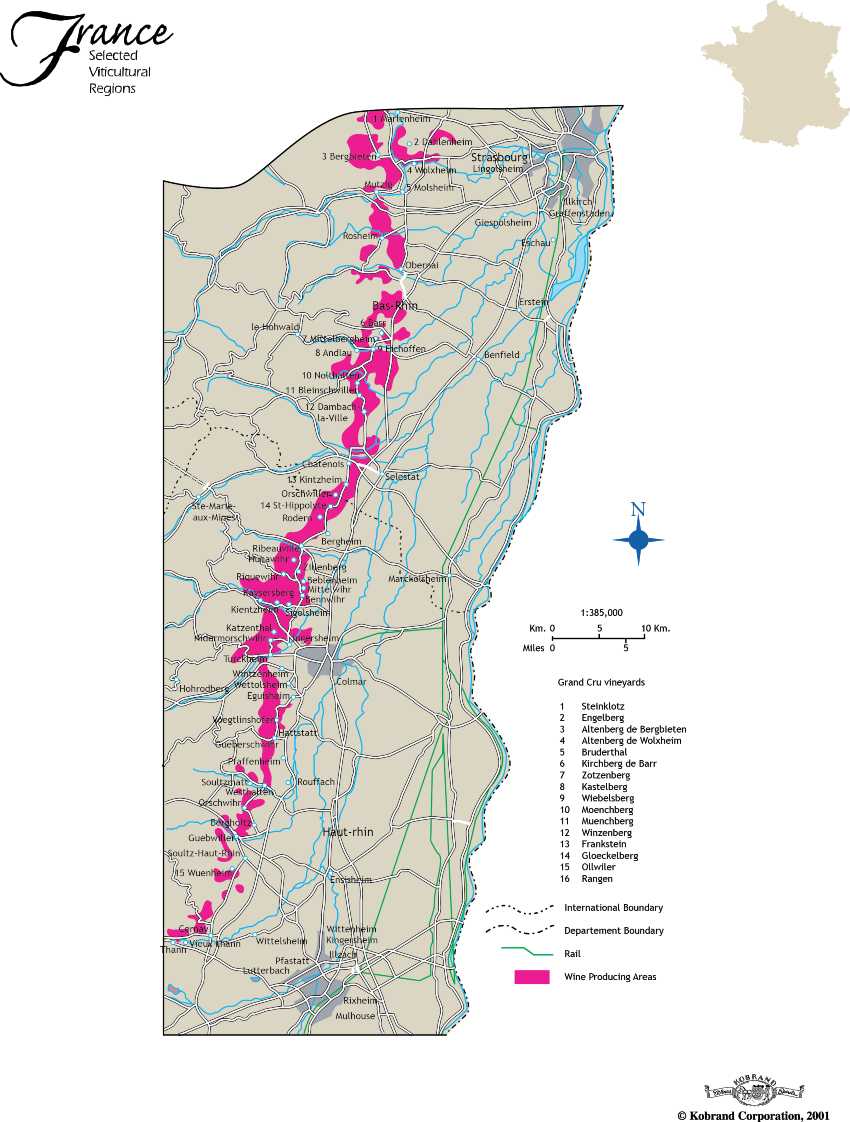
A Consumer’s Guide: The Wines of Alsace
There are seven main varieties grown in Alsace: Riesling, Pinot Gris, Pinot blanc, Gewurztraminer, Muscat, Pinot Noir, and Sylvaner. The wines produced from these grapes range from very light and dry to full-bodied and fruity, to sweet.
If you haven’t found a white wine you like yet, you probably haven’t tried a white wine from Alsace. I had no idea when I attended my WSET class that I was already in love with Alsace wines. The moment I smelled the floral and stone fruit aroma of an Alsatian Gewürztraminer, it was love at first sniff.
Riesling
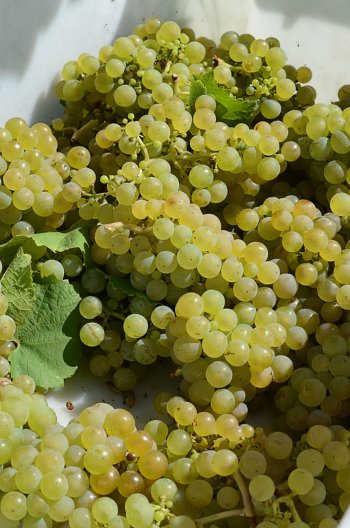
The grape that best expresses the terroir of Alsace is Riesling. It is the number one grape grown in Alsace. Like Chardonnay, Riesling has the unique ability to express many different characteristics. And due to the climate, it ripens longer and can develop more complex flavors while expressing the minerality of the exact vineyard where it is grown.
I often host tastings, and the number one comment I hear is, “I don’t like Riesling. It’s so sweet.” Newsflash: Alsace Riesling is not sweet at all. In fact, it is a dry wine with notes of citrus, white flowers, and a distinct minerality. It pairs well with many different dishes including chicken, fish, shellfish, goat cheese, and classic German dishes, such as sauerkraut and sausages. So the next time you have a chance to try a Riesling, ask about its origin. If it’s from Alsace, drink up!
Pinot Blanc
Pinot Blanc is a subtly fruity wine. A delicate wine from the same family of grapes as Pinot Grigio but with more complexity and body, I predict once you try a Pinot Blanc from Alsace you’ll never drink Pinot Grigio again. You can pair it with many different foods, including seafood. Or enjoy a refreshing glass on a hot summer day, all on its own.
An example of an exceptional Pinot Blanc in Alsace is Domaine Zind-Humbrecht Pinot Blanc.
This wine is a blend of Pinot Blanc and Auxerrois. Though not as well known, Auxerrois is a relative of the Pinot Blanc. It lends more aromatics to the wine and higher acidity. When I first poured this wine I thought it didn’t smell as aromatic as I expected. But, it soon opened and smelled of ripe stone fruits and a bit of honey. To me this wine tasted very balanced and had a nice long finish.
Sylvaner
Sylvaner d’Alsace is a light-bodied wine with fruity citrus notes and a hint of freshly cut grass. This is the wine to replace your Sauvignon Blanc.
Pinot Gris
Pinot Gris is more full-bodied than a Pinot Blanc and can be kept longer. It can be dry or off-dry, with smoky aromas and notes of dried fruit. Serve this wine with savory foods and Asian dishes.
Muscat
Muscat d’Alsace is the same grape as Moscato in Italy but it is drier, with a biting acidity. It is usually served as an aperitif wine.
Fun fact: This wine pairs well with asparagus. If you go to Alsace during the asparagus harvest, you can find restaurants devoted to serving only Muscat and asparagus.
Gewürztraminer d’Alsace
Gewürztraminer is a full-bodied off-dry wine with very powerful aromas of exotic fruits like lychee, roses, and spices. This can be served as an aperitif wine and also pairs well with strong cheeses and spicy food. If you think you don’t like sweet wine, try this with some good Indian or Thai food. It’s a whole new world. Though I typically avoid wines high in residual sugars, the aromas of Gewürztraminer won me over immediately.
Once again, Domaine Zind-Humbrecht is an outstanding producer of Alsace Gewürztraminer, though not in a typical style. It is more dry than off-dry and does not produce aromas of lychee. I did smell roses, ripe stone fruits, and white flowers like honeysuckle, but all a bit more restrained. It was also more peppery than usual. I recommend decanting this wine for about 20 minutes before drinking it. The mouthfeel is velvety and the finish is long. A beautiful wine to enjoy with food, though it’s not required. Try it along with some other examples to notice the differences and see which you prefer.
Pinot Noir
Finally, the only red wine grape grown in Alsace is Pinot Noir. Pinot Noir is used to make Crémant d’Alsace — a sparkling wine produced in the méthode champenoise, as well as still wines. Red berries, autumn leaves, and more structure make this a wine you can pair with meats, and it will stand up well to aging. This is the second most popular sparkling wine in France after Champagne.
Fun fact: Pinot Noir is gaining in popularity and more land is being dedicated to growing this varietal in Alsace.
The original post by Penny Sadler can be found on her blog, Adventures of a Carry-On.
